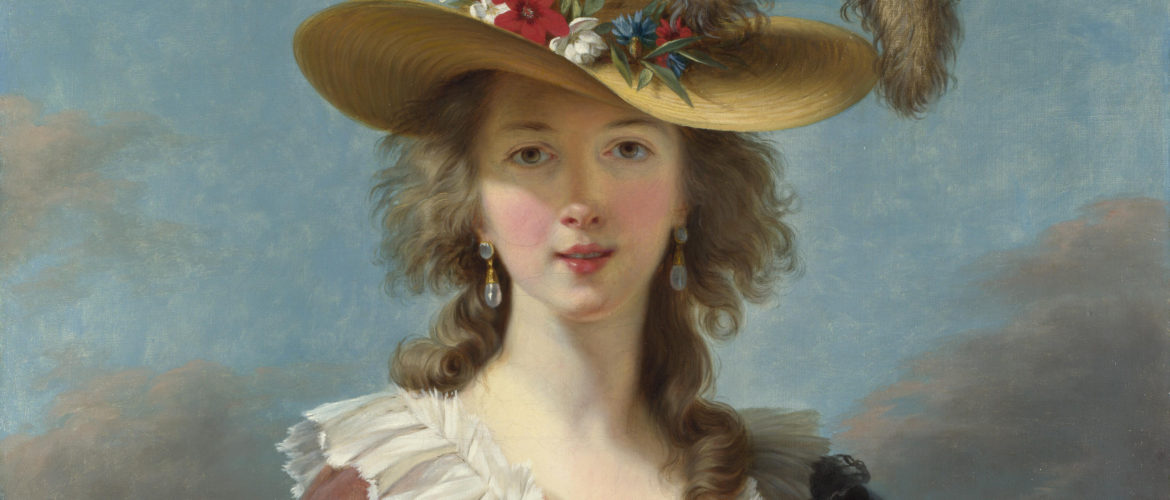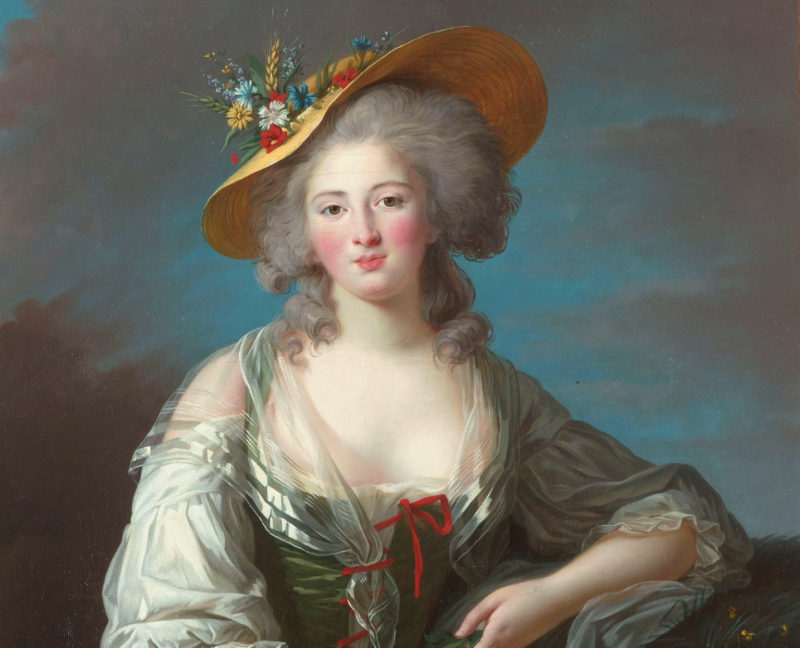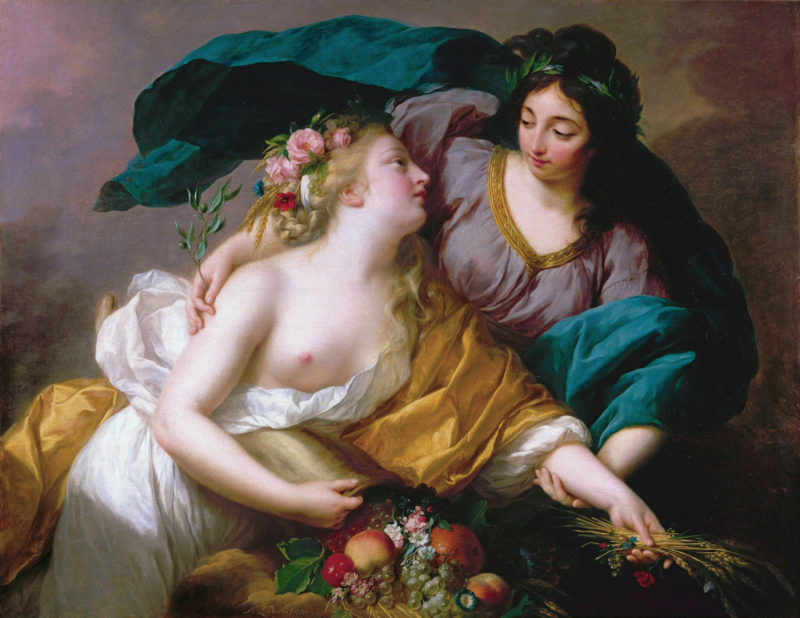Madame Le Brun: The Subtle Art of Portraying Women

In the past, portraits were a full-proof way to flatter nobles and aristocrats. Who on earth would want to have their wrinkles, bags under the eyes, and freckles shown to the public? It was indeed a shameful act, so portraitists who refused to go with the flow had apparent problems finding a job, while their portraits were often rejected. That is how it was, and it is important to understand that there was nothing wrong with that. Veiled flattery is at the core of portrait painting. The real skill was not to create a fairy tale but to combine realism and idealism equally. In this, one should take a lesson from Madame Le Brun, or Élisabeth Vigée Le Brun–if you will–who masted portraiture and discovered a sure recipe for portraying women.
Madame Le Brun: Who Was One of the Greatest Portraitists of Her Time?
Marie-Louise-Élisabeth Vigée-Lebrun was a daughter of Louis Vigée, an artist, and Jeanne Vigée, a hairdresser with a peasant background. She studied painting and portraiture, in particular, under the tutelage of her own father, who himself was famous for pastel painting. Madame Le Brun became a professional artist in her early teens. As her career developed, a great opportunity came in 1779 when she was summoned to Versailles to paint a portrait of Marie Antoinette, the last Queen of France before the French Revolution. The queen was amazed by the painter’s skills and offered her to be sort of a court painter.
Marie Antoinette and Madame Le Brun became good friends since then. The portraitist painted more than 20 portraits of the royal. After the revolution, she left France and set off, traveling around Europe and Asia. During the next 12 years of wandering, she created some of the best portraits in her career. The heroes of her works were usually noble women and men from Rome, Vienna, Berlin, St. Petersburg, London, and then Paris. Overall, she painted about 900 paintings, with 600 of them being portraits.
Truth be told, Madame Le Brun was a master of flattery when it came to portraits. And yet she had a fine and subtle balance between idealism and realism. Despite being extraordinarily beautiful, her characters had a rather realistic and detailed look. The skill of making people effectively aesthetic made her one of the greatest painters of her time and one of the most iconic female artists in the history of art.


